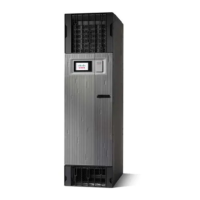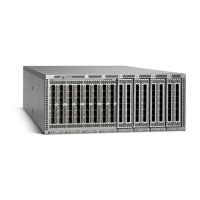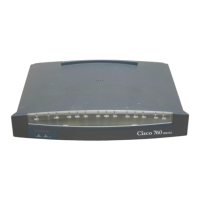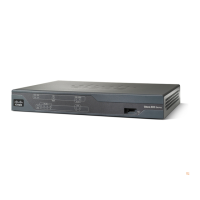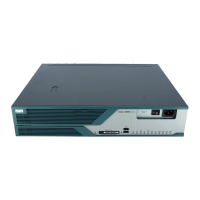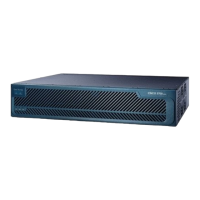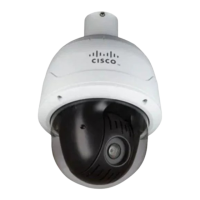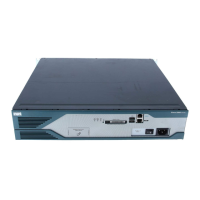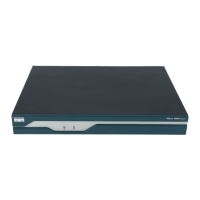4-4
Cisco Network Convergence System 6000 Series Routers Site Planning Guide
OL-29236-02
Chapter 4 Site Planning Considerations
System Console
System Console
A system console is required to configure the routing system for operation. As you plan your site
facilities, make sure that the site has enough room for a system console and the console cable is long
enough to reach the routing system.
Note The console port does not support modem control or hardware flow control. The port requires a
straight-through EIA/TIA-232 cable.
Cable Management
As the size of the routing system increases, the cabling required for the chassis increases. For example,
a chassis fully loaded with eight LCs has more cables connected to it than a partially loaded chassis.
The cabling runs must be carefully planned. The basic configurations for various routing systems should
be arranged to minimize the complexity and length of the cable runs. Precut and terminated cables are
considered part of the basic configuration.
The four cable management brackets on the Cisco NCS 6008 chassis are for organizing these interface
cables to keep the front and rear of the chassis clear and to help eliminate sharp bends in the cables.
Excessive bending can damage interface cables.
You must provide the LC cables from the Cisco NCS 6008 chassis to your facility interconnect. Because
the type and number of components vary with each routing system site, plan these data cable runs in
advance of the system installation. When planning the data cable runs, consider the:
• Number and type of interface connections
• LC chassis vertical cable management
• Proper length and termination of cables
• Termination at the other end of the cables (patch panel, optical transport equipment, and so on)
Note Contact your Cisco representative to obtain a Cisco short-reach, 100x10GE patch panel (PID
NCS-PP-100X10-SR).
Note An optional but helpful insertion-extraction tool (IET) available from manufacturer Ripley Miller (part
number 80860) can be used to expedite insertion and extraction of fiber optic connectors in high-density
patch panels.
RP Card Cables
As you consider system cabling, see Table 4-1 to determine the types of cables required to connect to
ports on the RP card.
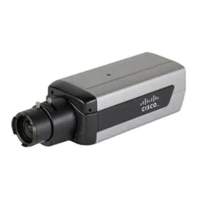
